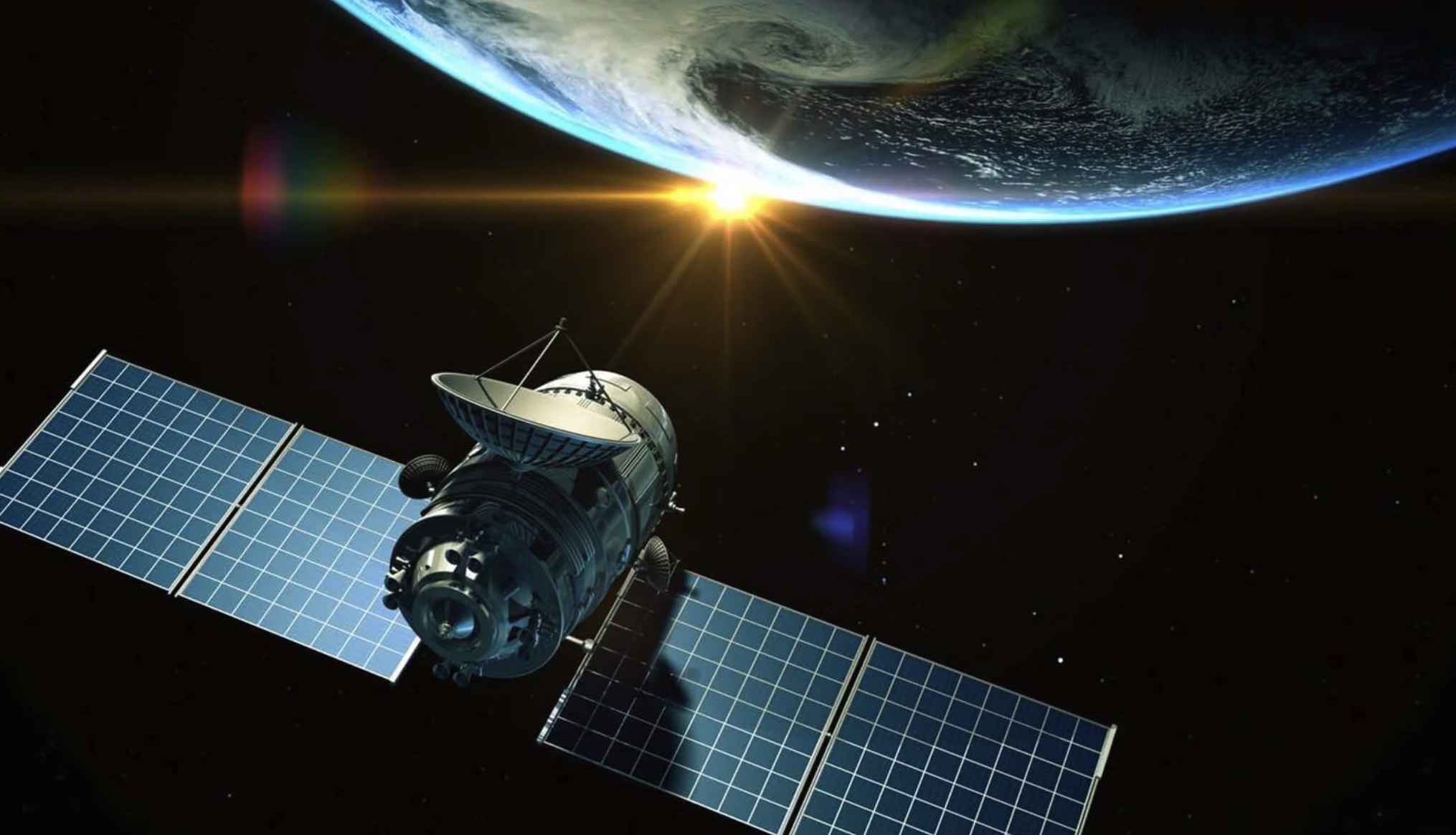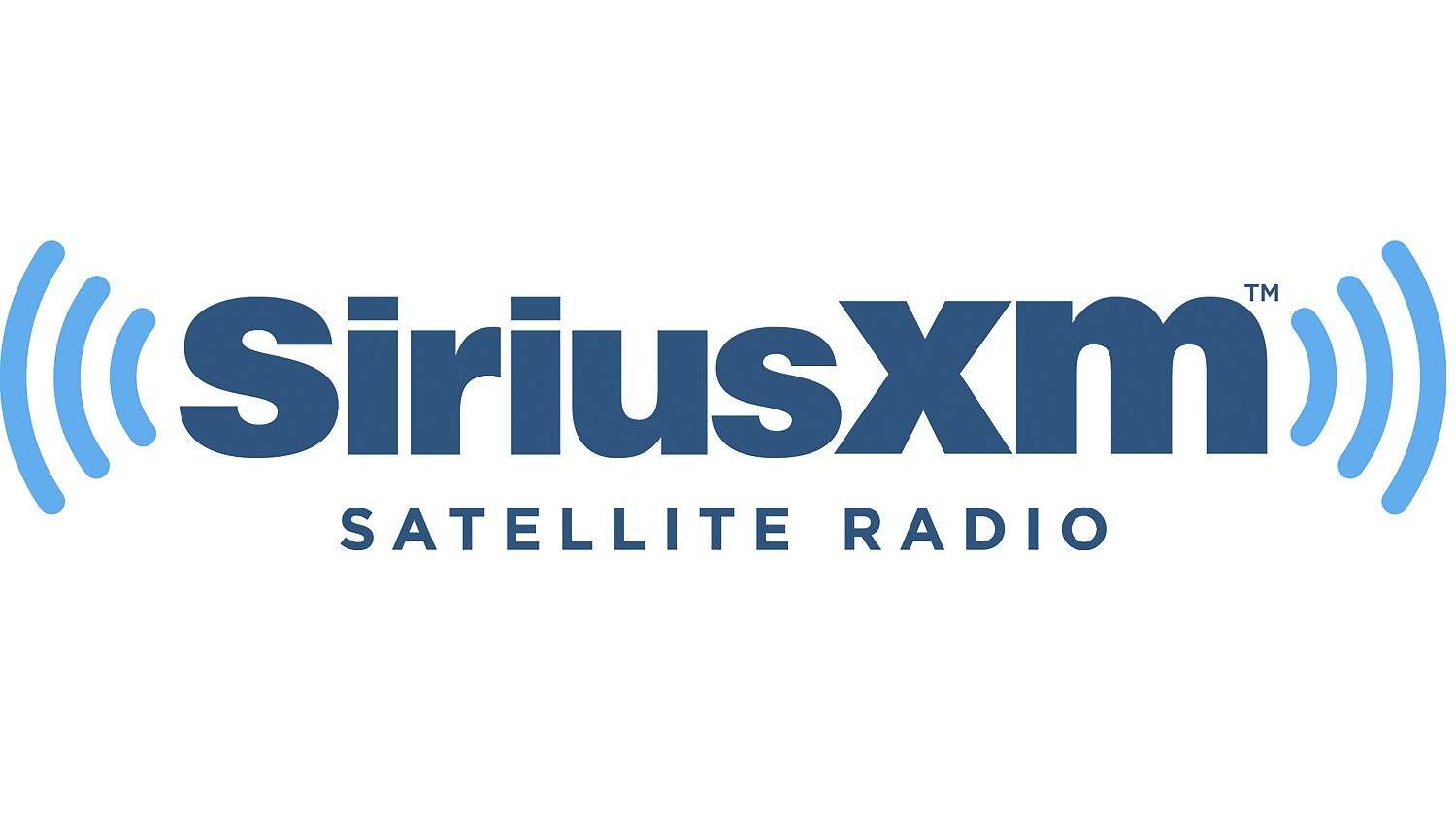
Satellite radio is a radio service that uses communications satellites to broadcast radio stations anywhere in a region or continent. It has been around for a long time, but the technology is still not as widely used or understood as traditional radio. While satellite radio technology does share some similarities with both satellite television and terrestrial radio, there are also important differences.
The basic formatting of satellite radio is identical to terrestrial broadcasting, but most stations are presented without commercial interruptions. This is because satellite radio is subscription based, just like cable and satellite TV. Satellite radio also requires specialized equipment like satellite television.
The main advantage of satellite radio is that the signal is available in a much wider geographical area than any terrestrial radio station. Multiple satellites can cover an entire continent, and each satellite radio service provides the same set of stations and programs for its entire coverage area.
Satellite radio in North America

There are two satellite radio options in the North American market, Sirius and XM. However, both of these services are maintained by the same company. Although Sirius and XM used to be two separate organizations, they joined forces in 2008 when XM Radio was acquired by Sirius. Because Sirius and XM were using different technologies at the time, both services remained available.
In 2016, there were about 30 million satellite radio subscribers in the United States, less than 20 percent of households in the country. However, because some households have more than one satellite radio subscription, the actual adoption rate is likely to be lower.
Satellite radio in other countries of the world
Until 2009, there was also WorldSpace, which provided satellite radio programs on a subscription basis for some countries in Europe, Asia and Africa. However, this service provider declared bankruptcy in 2008. The service provider has reorganized under the name 1worldspace, but it's unclear if the subscription service will return.
ETSI SDR is also similar to Sirius XM Radio, on S-DMB, used in South Korea for multimedia broadcasting since May 2005. ETSI Satellite Digital Radio (SDR or ETSI SDR) describes the satellite digital radio standard. This is the activity of the European organization for standardization ETSI. This standard has its own difficulties, for example, problems related to non-linearity in PAs.


